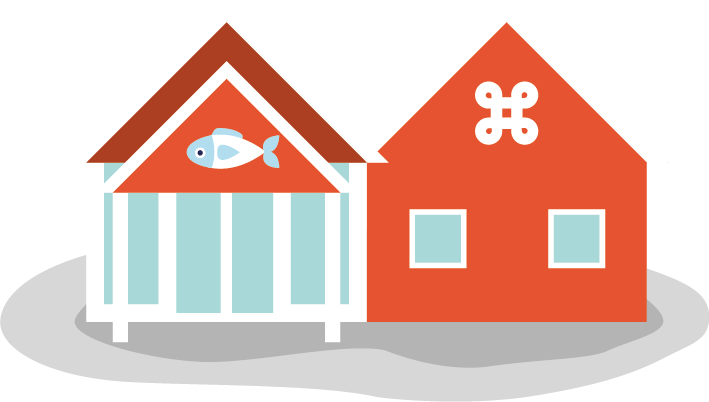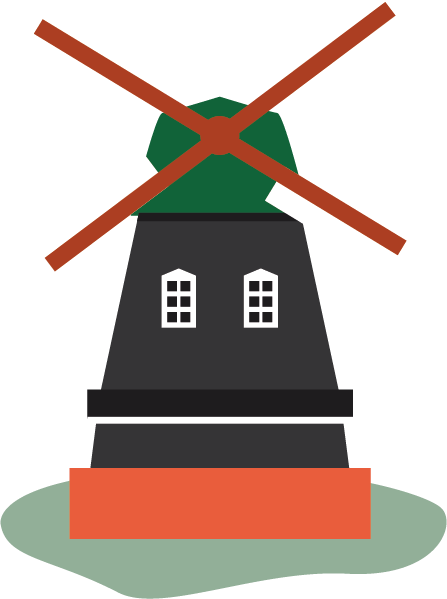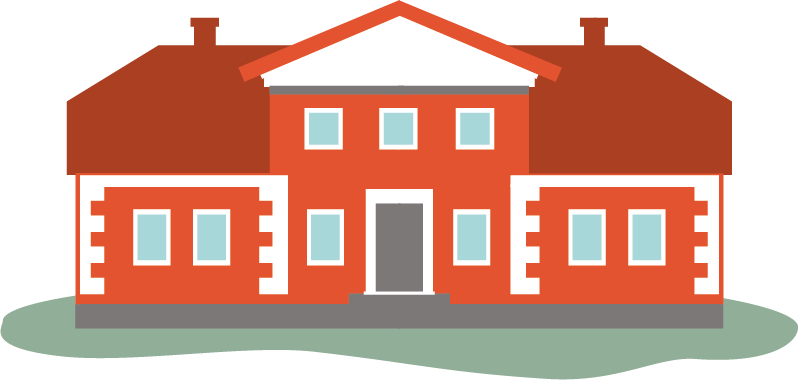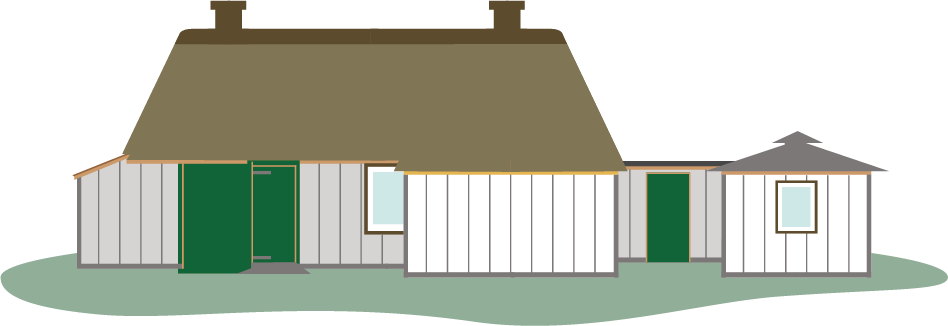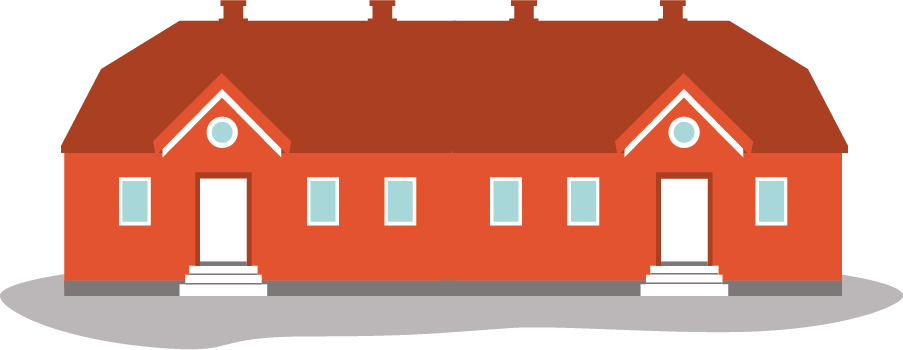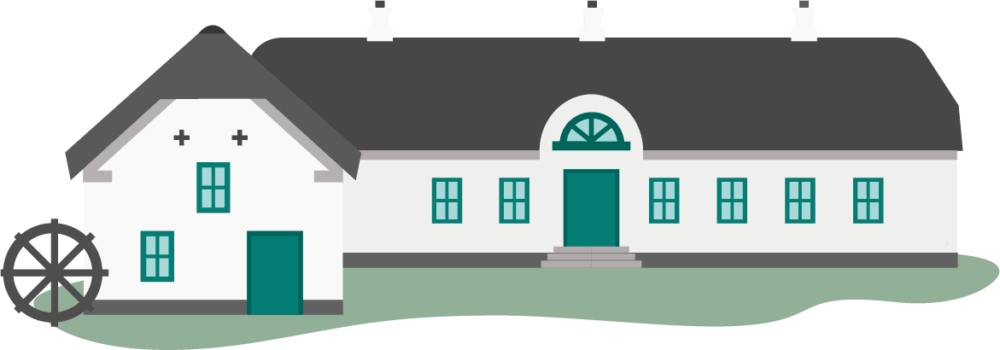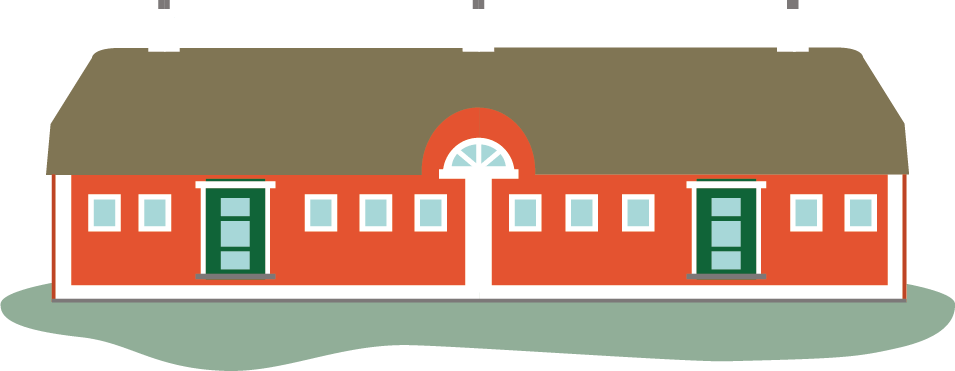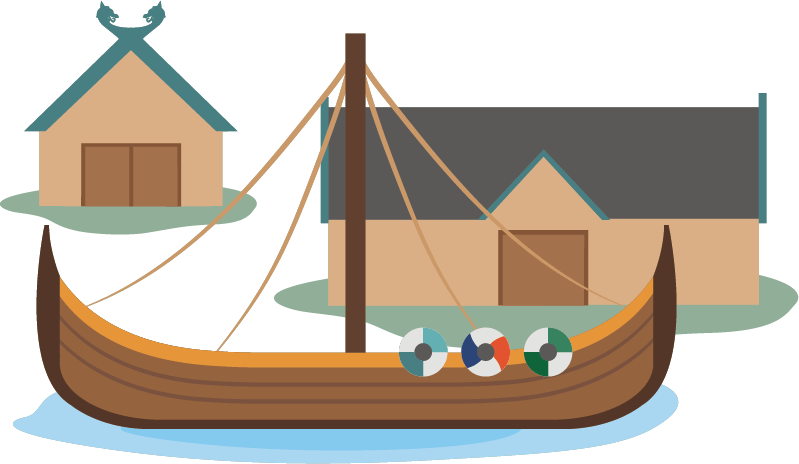Who were the bad guys?
The word "rake" comes from Middle Low German and means "to remove waste, to do dirty work". The first time we read about rakes is in Christian II's Acts of Parliament from 1522. In the 1600s, rakes were called in to do all the "unclean" work that no honest person would do. The rake acted as the executioner's assistant, emptying privies, skinning dead animals, castrating livestock and burying suicides and criminals. Because of their unclean work, the raks were ostracized by the surrounding society.
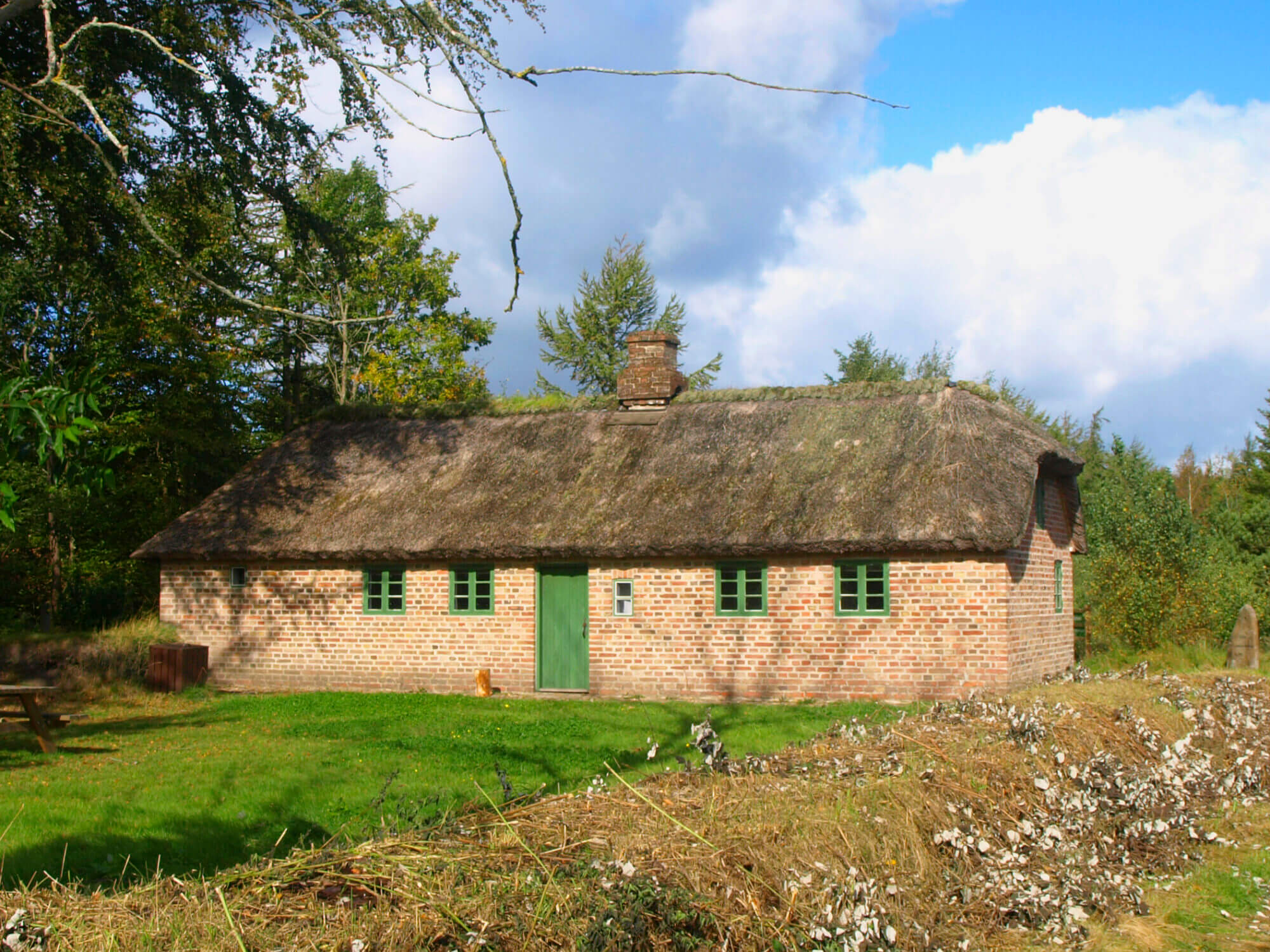
The pair of stingrays in Bjørnemosen
If you take a walk through Bundsbæk Nature Park, along the old path, you will come to a small house called rakkerhuset / Bjørnemosehuset. It is not known for certain when the original Bjørnemosehus was built, but it probably happened in the early 1800s. The last residents of the house were Mette Mus and Niels Kvembjerg, who moved in around 1898 and lived there until 1932, when they went to a nursing home in Skjern. Mette Mus and Niels Kvembjerg have been called Jutland's last rakkers.
In Bjørnemosen, the couple lived on what they could grow in the cabbage garden (kitchen garden). In addition to the cabbage garden, they kept a couple of goats, and Niels did a little hunting and fishing. Their modest income came from Niels' work as a day laborer around the farms and at Bundsbæk Mølle. In the summer, the work consisted of cutting hay and digging peat in Bjørnemosen. In winter, things could easily get tight and they had to resort to poor relief and begging.

